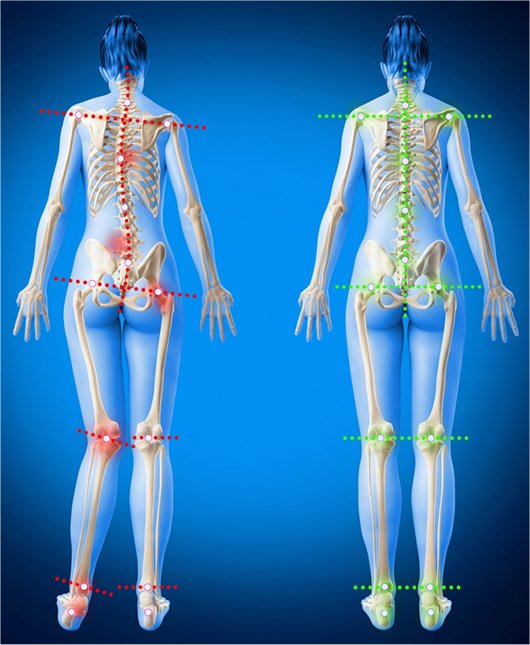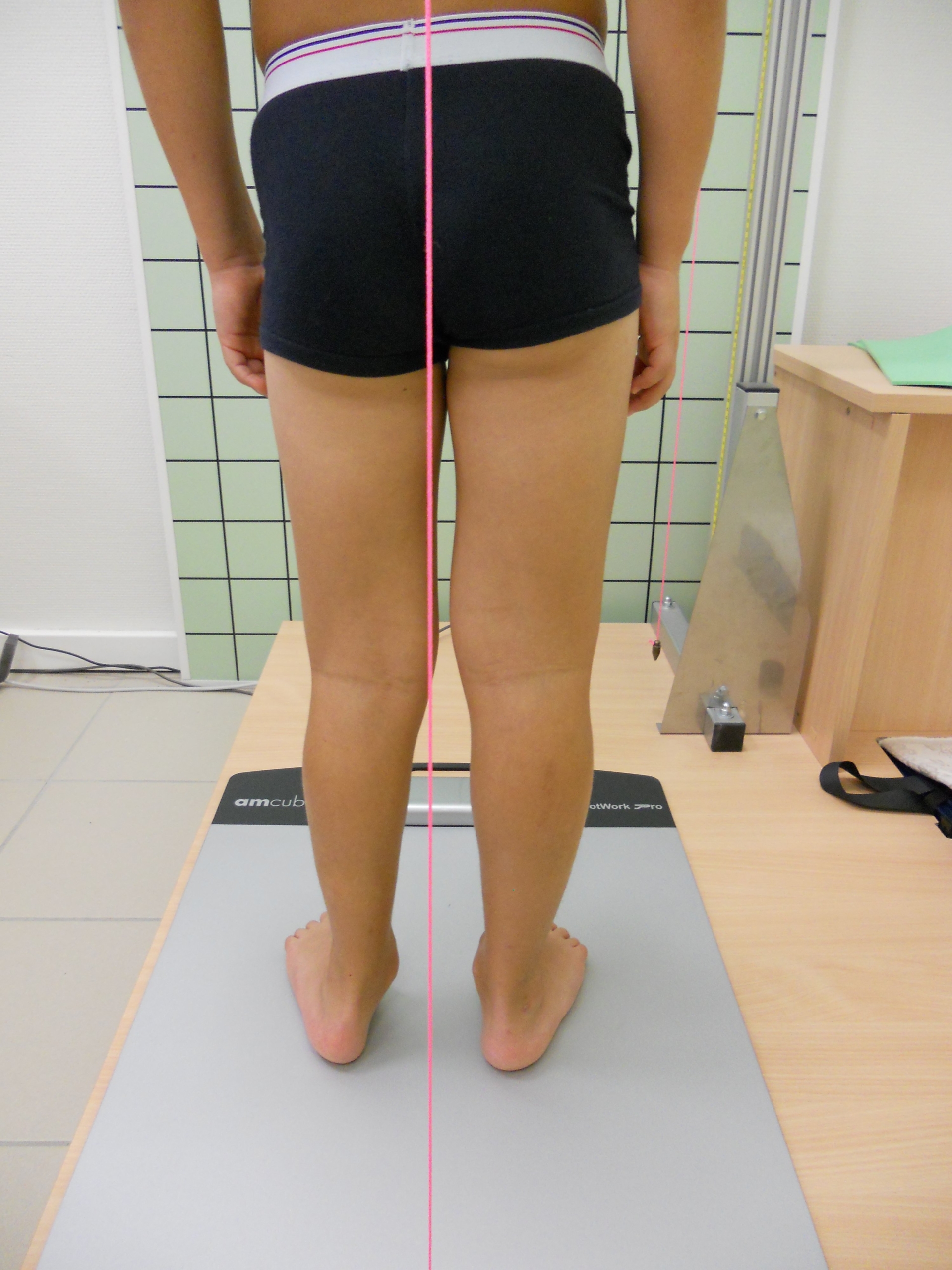Pain from standing, walking and running may extend from the feet to the back through all the joints (ankles, knees, hips).
The pain in the lower limbs therefore has an impact on the rest of the body which, unable to compensate, will begin to decompensate.
This is where posturology takes place, which aims to take into account the body as a whole, to study people’s posture, balance and adaptation to the environment.
The fine postural system, in charge of regulating our balance and keeping us standing, captures any variation of the body with the environment according to the received stimuli and incorporates balance orthostatics with exosensors (eyes, jaw, feet, etc.) and endosensors (muscles, spines, etc.).
When the postural system is modified, problems such as pain in some muscles, dizziness, headache, lumbago, etc. appear. Therefore, diseases of the system postural are not due to an injury, but to the logical structure of a fine control system unstable.
The objective of the posturologist-podiatrist, through a rigorous clinical examination, is to apply small proprioceptive elements that will allow to re-educate the posture of the patients and thus improve their quality of life.
SOLES TO TREAT POSTURAL DISORDERS OF CHILDREN
The treatment of postural disorders is of great interest to children because they are highly reactive thanks to an optimal proprioceptive system.
The treatment aims to improve the overall posture to avoid harmful compensations to take place.
The next clinical case, which we were asked to treat, concerns a 9-year-old child with a left calcaneous valgus with pelvic tilt and thorax turn. Insole elements helped to rebalance the pelvis and decrease muscle tension back level.
This child was followed every year. At the age of 12, the pelvic tilt and the thorax turn were managed, decreasing by as a result of back pain.
9 y/o child before compensation
9 y/o child with compensation
12 y/o child after compensation
SOLES TO TREAT GROWTH
PATHOLOGIES OF CHILDREN
Growth pathologies concern children during the growth period, generally between 7 and 15 years.
In Sever’s disease, the child will complain of severe pain in the heel (bone of the calcaneum).
In Osgood-Schlatter disease, the pain is localized to the knee.
And in Köhler-Mouchet disease, the child will complain of a strong pain towards the bone navicular.
It is essential to assess the associated static disorders (calcaneous valgus, genu valgum, etc.) in order to to reduce muscle tension that causes pain.




